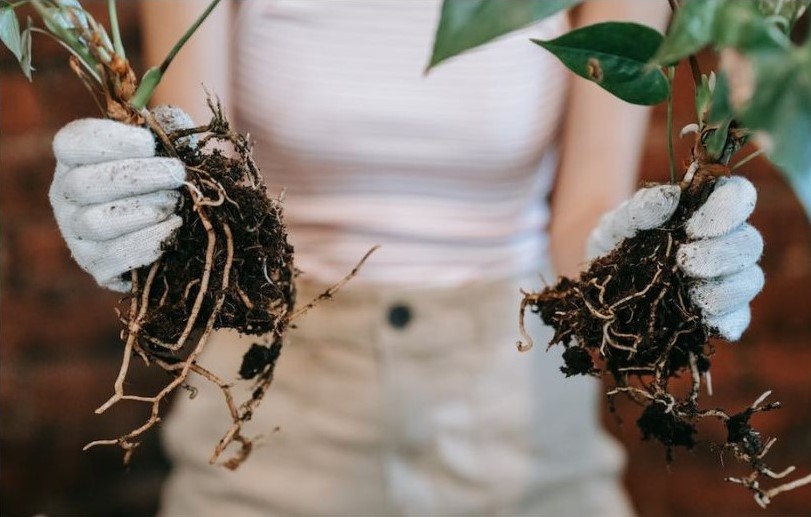Plants for free

Buying plants can be expensive, especially if you buy a lot of them. Sourcing plants from roadside stalls with plants produced by amateur growers are usually a bargain, as are plants sold at local school PTA fairs, however there are a number of ways you can get plants for free.
Check out our guide below for some ideas to get you started.

Plant and seed swaps
Each year, there are plant and seed swaps across the country, with seed swaps usually occurring in February and March (the start of the growing season) and in autumn (when people are able to collect seeds from summer flowering plants). Just search the term 'seed swap' for your local one.

Collecting seeds
Late summer and autumn are great times for collecting seeds from a variety of plants that have finished flowering.
Poppies are an easy to grow wildflower that bees love. From delicate Iceland poppies, to impressive opium poppies (pictured) that leave behind larger, structural seed heads. The seeds are ready to collect when the heads have turned brown and have small openings at the top. Collect seeds on a dry day and store in a cool location in a paper envelope until you're ready to plant them in spring or autumn.
Click here for a poppy planting guide.

Separating plantlets
Some plants, such as strawberries and spider plants, produce individual plantlets on runners above the ground which can simply be teased out, separated from the parent plant by cutting the runner and replanted. It is important to keep the plantlets well watered until their roots are established.
Plants like Stachys byzantina (lamb's ear) also replicate very easily, making the separation and repotting of new plantlets very easy (pictured).

Dividing perennial plants
Lifting and dividing herbaceous perennial plants that grow in clumps is an easy and free way of getting new plants from existing ones. The best time to do this depends on the plant, but is usually after the plant has finished flowering. Plants such as Achillea (yarrow), Nepeta (catmint), Sedum (stonecrop), chives (pictured) and irises are really easy to divide.
Dig the plant out of the ground, trying to ensure you get as much of the roots out as possible. Then tease the root ball apart or chop it using a sharp knife or a spade. Replant in the locations you want and ensure they are well watered until the roots are established.

Softwood cuttings
Softwood cuttings are taken from the tender new growth of perennial plants including Osteospermum, Hydrangea, Fuchsia, Penstemun, Verbena, lavender and rosemary.
Take cuttings early in the morning, usually in spring and early summer, when the stems are full of water and plant them immediately, so they don't dry out.
Find out more on the RHS website by clicking here.

Hardwood cuttings
Hardwood cuttings can be taken from mid-autumn until late winter from deciduous climbers, trees and shrubs including Buddleja (butterfly bush), Cornus (dogwood), Rosa (rose), Lonicera (honeysuckle), Jasminum (jasmin), Populus (poplars) and Salix (willow).
Avoid periods of severe frost if growing directly in the ground, or move pots with hardwood cuttings into sheltered locations until the risk of frost has passed.
Find out more on the RHS website by clicking here.

Ask for them as gifts
Asking for plants as gifts on special occasions, such as your birthday, is a great way of boosting your plant stock for free. Plus, you'll have something which reminds you of the person that gave it to you each time you look at it.


